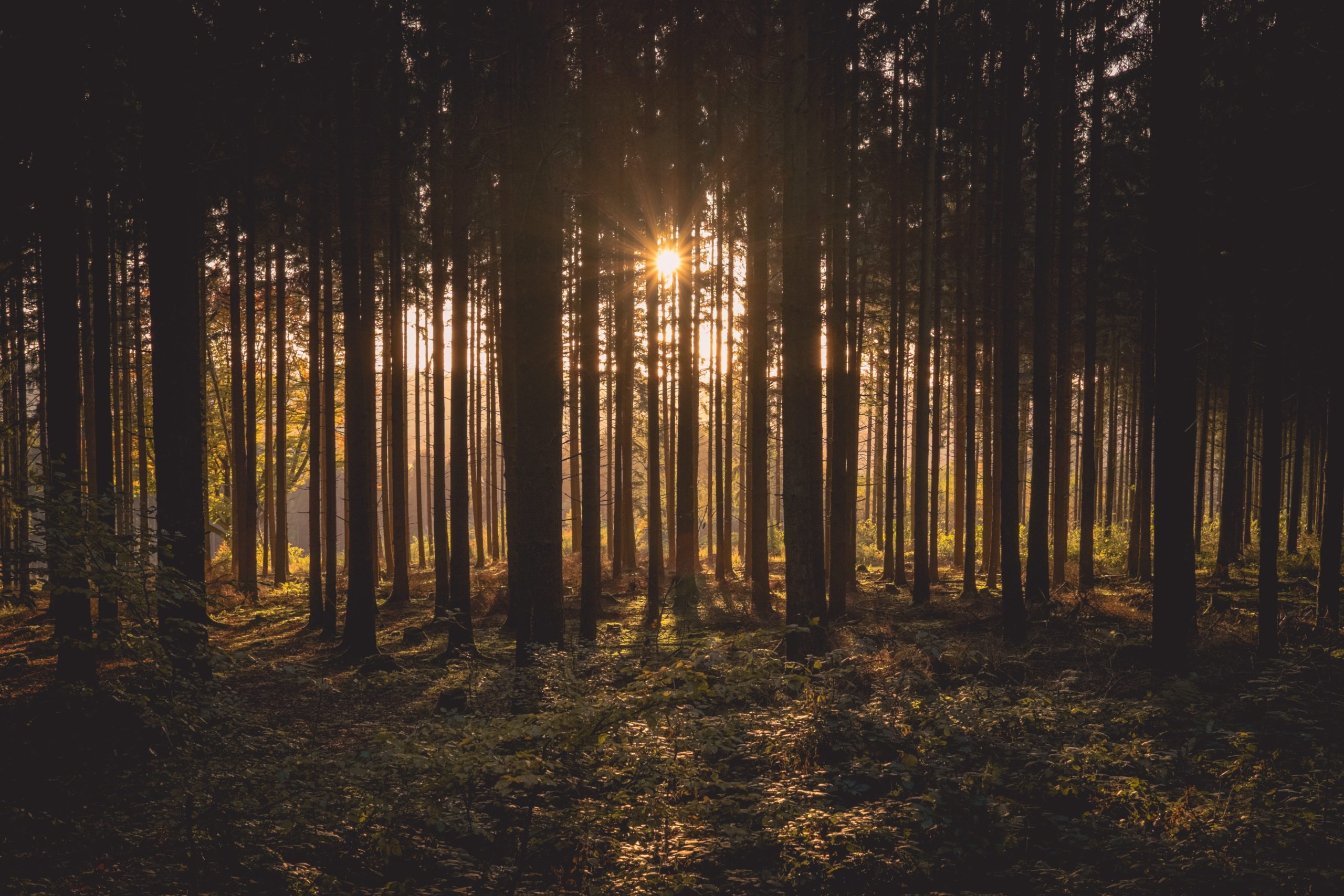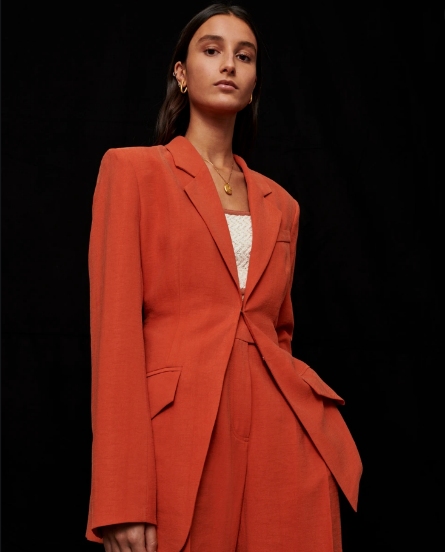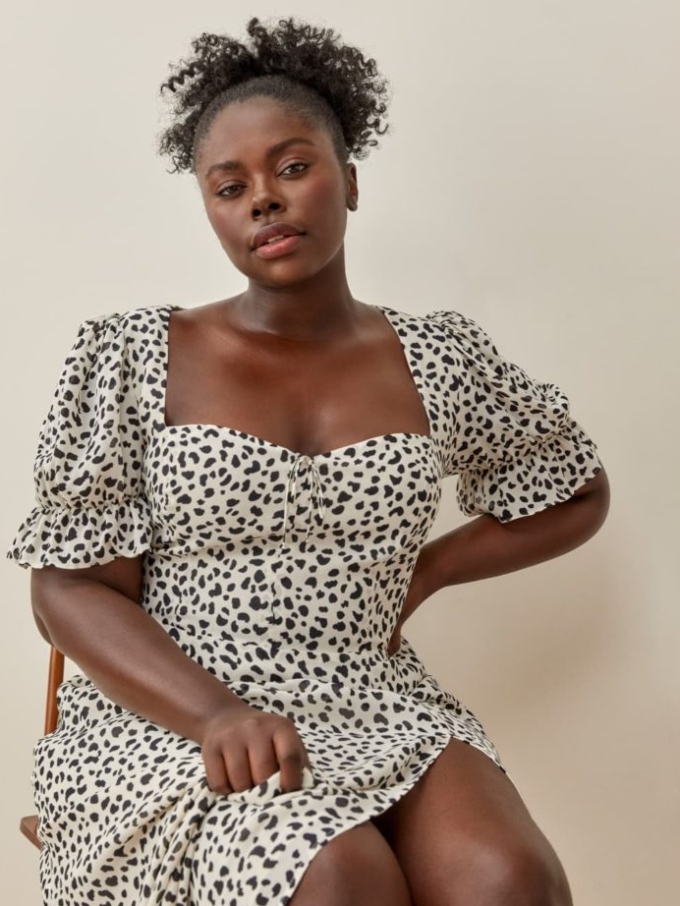
Fashion /
To produce smooth, drapey fabrics such as viscose, rayon, modal and lyocell, forests are used in the manufacture of dissolving pulp (the chemically intensive process that happens before the man-made cellulosic fibre is spun into thread) and the demand for these textiles is growing – in fact, it’s estimated that the fashion industry logs around 200 million trees every year (according to the latest update) to produce cellulosic textiles. Conscious consumers who are concerned about climate change will recognise the link between management and the preservation of forests. Yet, while there’s an expectation for products to be made with responsibly sourced materials, this isn’t always the case. As it’s stated on Stella McCartney’s website, “managing forests sustainably means using them in a way that maintains their productivity, biodiversity and regeneration capacity, as well as ensuring they can meet society’s needs now and in the future.” Good sustainable forestry practices are where the CanopyStyle initiative and the Forest Stewardship Council (FSC) come into play.
CanopyStyle is creating real, impactful change. While there remains work to be done when it comes to curbing the sheer number of trees going into fabric each year (#solutionsaresexy – could agricultural straw be the answer?), over 330 brands and designers have committed to the initiative and are working to eliminate the use of ancient and endangered forest in their supply chain.
The Forest Stewardship Council is described as the world’s most credible solution for sustainable forest management, providing assurance of responsible sourcing.
TENCEL™ Lyocell and Modal are certified bio-based fibres that are manufactured using a more environmentally responsible production process. Able to fully revert back to nature, the fibres are certified as compostable and biodegradable. Plus, TENCEL™ Lyocell uses a low-toxicity solvent and the majority of the chemicals are reused in a closed-loop system.
ENKA® sources Domsjö´s FSC® certified cellulose from a Swedish biorefinery, which fully originates from local, legal and sustainable forestation in Northern Europe. What’s more, ENKA® Viscose has received the Cradle to Cradle Product Innovation Institute’s Gold level Material Health Certificate.

Find Reformation’s commitment here.
